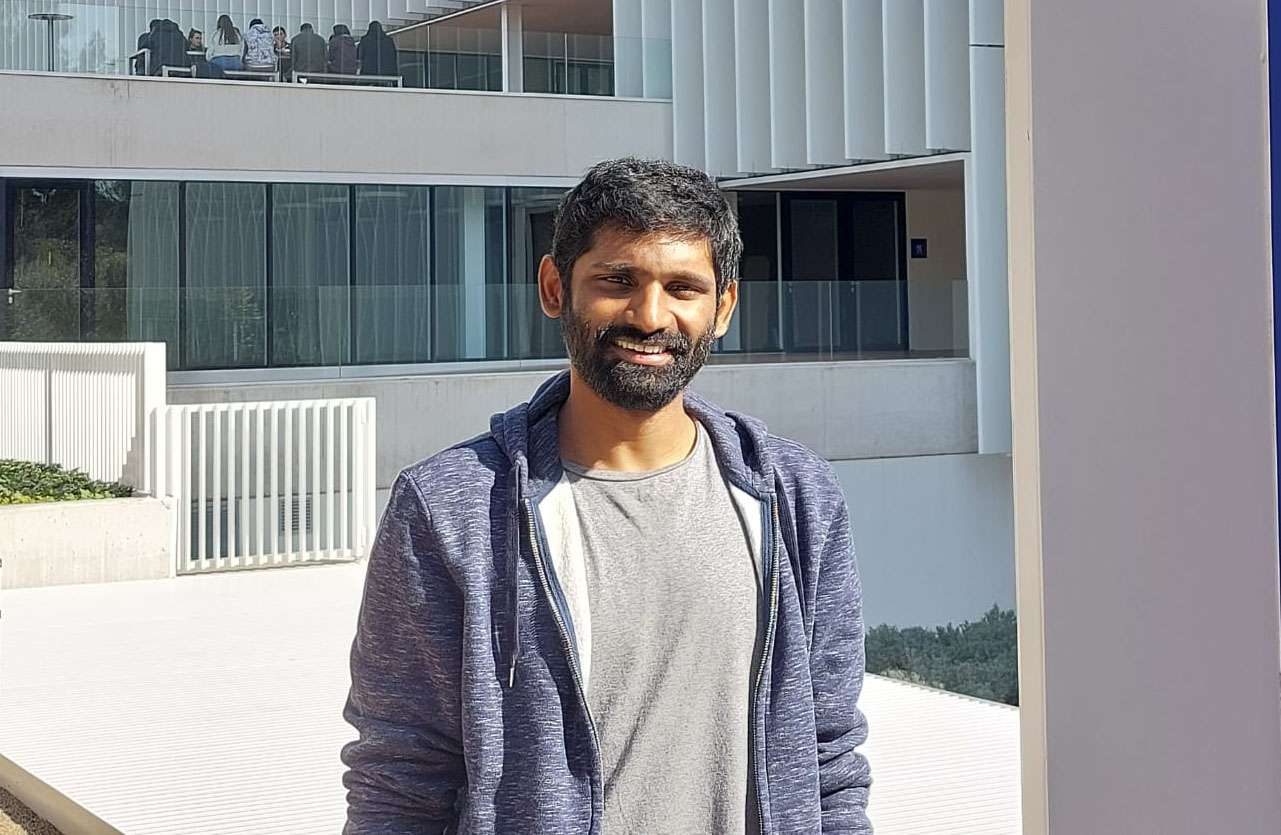

Anurag Surapaneni is a Ph.D. student under the FI - AGAUR grant at the Barcelona Supercomputing Center. He is working in the Propulsion Technologies Group (PTG) under Dr. Daniel Mira Martinez, the coordinator of the ESTiMatE project. His research focuses on detailed chemistry numerical simulations of combustion problems which includes development of an efficient finite rate chemistry solver, based on adaptive chemistry methods and fast chemical integrators. Besides that, he has also worked in various efforts related to soot modelling, spray combustion and flame instabilities. In this interview, Anurag shares that his motivation for pursuing this type of work lies on his sense of responsibility to take care of the environment.
What is your motivation for pursuing research in this area?
I am a firm believer that we as a species have the responsibility to take care of the environment. A step in this direction would be to identify the most efficient use of natural resources with the least amount of contaminants. Combustion has always been important to mankind and if my research could help it make more efficient I would have fulfilled my responsibility.
What would you have done if you were not a researcher?
Honestly, I always wanted to do research as I see it as one of the ways of making people´s lives better and also taking care of the environment in which we live. However, I am also quite passionate about cycling so if I was not a researcher I would have liked to be doing something related to bikes.
Have you encountered any challenges in pursuing your research career?
During my Master thesis I was a visitor at BSC and was part of developing a new model for our CFD code. This involved exploring various ideas for implementation, the actual coding of the implementation and rigorous testing and validation of the model. Moreover, as part of my thesis I wanted to extend the solver further to include modules to speed-up the calculations. Being one of my first ventures in research all this was a bit overwhelming, but I could tackle this by few weekends spent in the office and lots of coffee.
What do you do within the ESTiMatE project?
For the ESTiMatE project I was briefly involved initial phases of development of the conditional moment closure (CMC) method. Later, I along with our collaborators at TUe were involved in implementation of the Discrete Sectional Method (DSM) in our CFD code. I also implemented a detailed diffusion model in our CFD code to improve the prediction of soot. This made possible to validate our code and implementation against experimental data.
How do you like it so far?
As the project kicked off just before the pandemic, it was impossible to have face-to-face meetings. This meant a lot of the work, which collaborative in nature had to be done online and this was a bit tricky. But seeing the models accurately work and be able to compute soot, which is one of the most tricky things in numerical combustions I always feel motivated to put in extra work. I mean who does not like seeing flames and working with supercomputers ?
What do you hope to achieve in your career in the long run?
I am more of a carpe diem kind of guy, so I don’t really think long term, but hopefully I could play a role in making the policy makers understand the need for stricter decarbonisation schemes.
